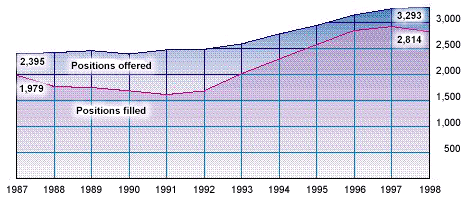
Fam Pract Manag. 1998;5(5):16
Managed care reform remains high on state legislative agendas
While Congress considers whether to enact national consumer protections and other reforms of managed care, a number of states are continuing the trend to deal with these issues themselves. Here are some highlights:
Comprehensive health care consumer rights bills are being considered in at least 19 state houses, and two (New Mexico and Indiana) have enacted consumer rights laws this year.
At least 24 states are debating whether to prohibit health plans from including “hold harmless” clauses in provider contracts. These clauses hold the provider liable for the results of treatment decisions and relieve the health plan of responsibility. Similarly, bills allowing enrollees to maintain civil actions, including medical malpractice suits, against health plans have been introduced in at least 28 states.
Financial “hold harmless” bills, which would prohibit providers from collecting payments from enrollees when health plans fail to make proper payments, have been introduced in at least 20 states this year and enacted in one (Indiana).
Lawmakers in at least 20 states are considering prohibiting health plans from using financial incentives that encourage providers to limit patient care. Fourteen states enacted related laws or regulations last year, and one has this year (New Mexico).
Measures to establish parity in mental health coverage are being debated in at least 30 states. South Dakota is the first state this year to enact mental health parity; 12 states adopted related laws last year.
Match numbers drop for primary care
After six consecutive years of increases and four consecutive years of record-breaking increases, the number of filled positions has dropped for family practice residency programs, according to data from the National Resident Matching Program. Of 3,293 positions offered in March of this year, 2,814 were filled, a fill rate of 86 percent. Last year 2,905 positions were filled, with an 89 percent fill rate.
The primary-care branches of internal medicine and pediatrics also experienced drops this year. Primary-care pediatrics dropped from 117 positions filled in 1997 to 105 filled this year. For primary-care internal medicine, 528 positions were filled, compared with 549 positions in 1997. Meanwhile, categorical pediatrics and internal medicine both saw small increases.
Even with the decrease for family practice, the 1998 match numbers remain strong and are the third highest in the history of family practice. Only categorical internal medicine filled more positions in 1998 than family practice.

Source: National Resident Matching Program data, March 1998.